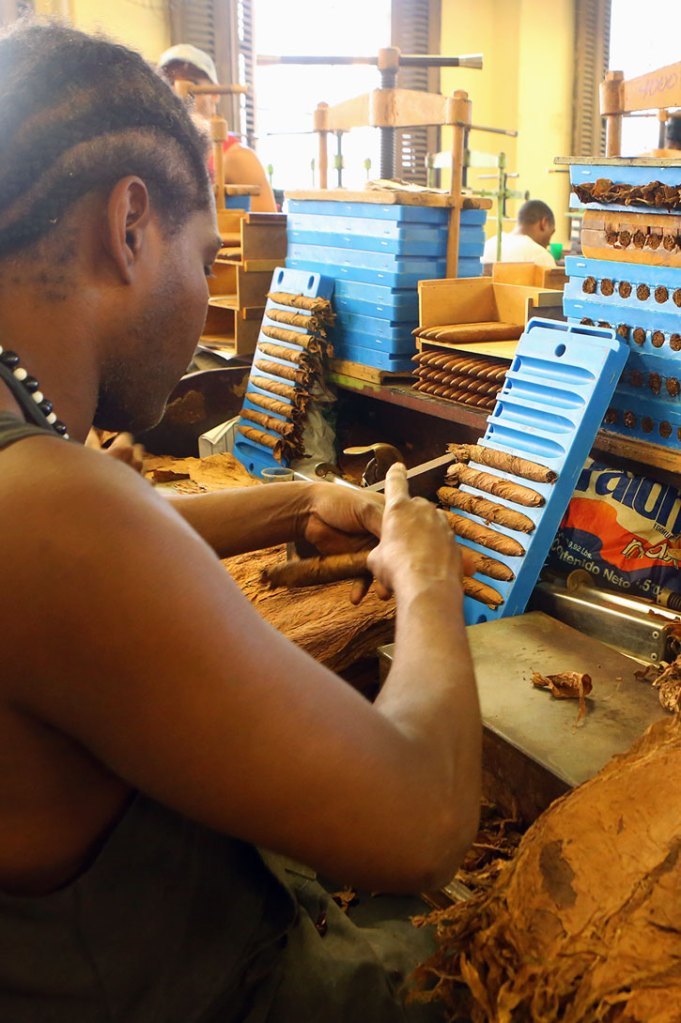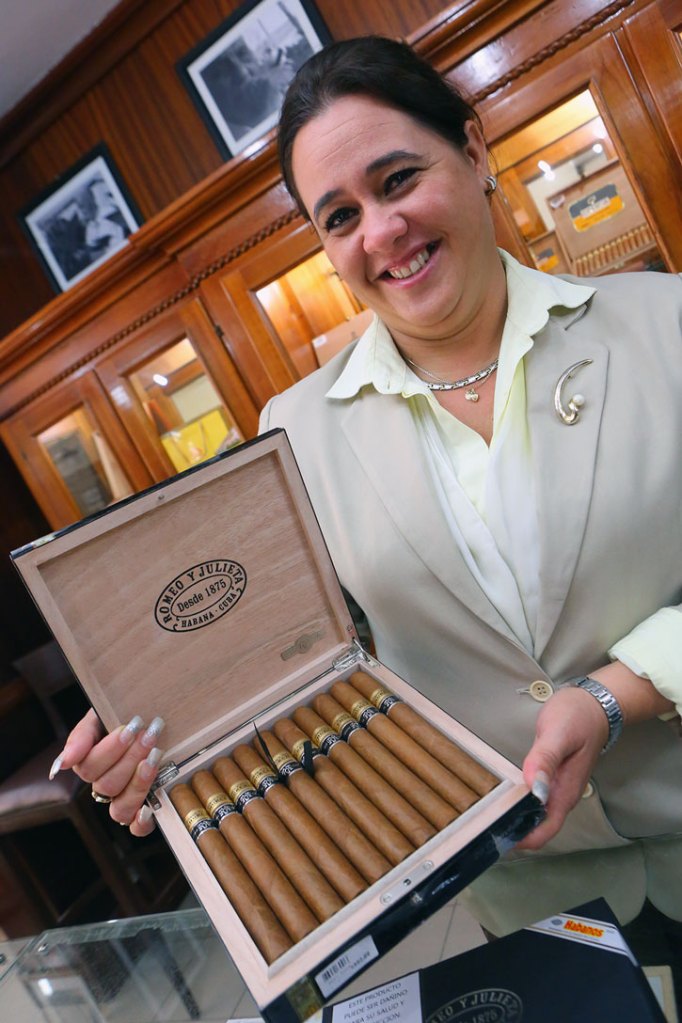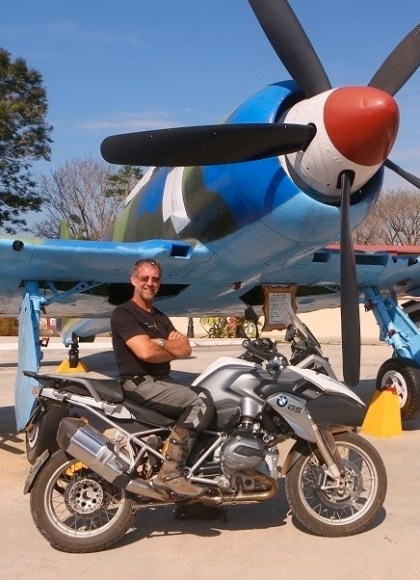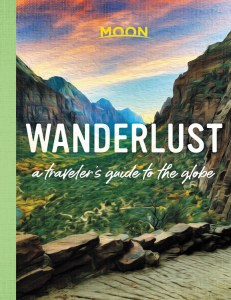How Cuban Cigars Are Made
The tobacco leaves, which arrive from the fields in dry sheets, are first moistened and stripped, then graded by color and strength (each type of cigar has a recipe). A blender mixes the recipes and the leaves then go to the production room, where each torcedor (roller) receives enough to roll approximately 100 cigars for the day.
The rollers sit at rows of galeras (workbenches). The rollers’ sole tool is a chaveta, a rounded, all-purpose knife for smoothing and cutting leaves, tamping loose tobacco, and circumcising the tips. While they work, a lector (reader) reads aloud from a platform. Morning excerpts are read from the newspaper; in the afternoon, the lector reads a book (Alexandre Dumas’s The Count of Monte Cristo was such a hit in the 19th century that it lent its name to the Montecristo cigar).

The torcedor chooses two to four filler leaves, which are rolled into a tube and then enveloped by the binder leaves to make a rough-looking “bunch.” This is then placed with others in a mold that is screwed down to press each cigar into a solid cylinder.
The Wrapper
Next, the torcedor selects a wrapper leaf, which he or she trims to size. The “bunch” is then laid at an angle across the wrapper, which is stretched and rolled around the “bunch,” overlapping with each turn. Finally, a piece of wrapper leaf the size and shape of a quarter is cut to form the cap; it is glued (using flavorless tragapanth gum, made from Canadian pine) and twirled into place, and the excess is trimmed.
And So To Market
The roller ties cigars of the same size and brand into bundles of 50. These are then fumigated in a vacuum chamber. Quality is determined according to eight criteria, such as length, weight, firmness, smoothness of wrappers, etc. Professional smokers then blind test the cigars for aroma, draw, and burn.

Once fumigated, cigars are placed in humidors for three weeks to settle fermentation and remove any excess moisture. The cigars are then graded according to color and then shade. A trademark paper band is then put on. Finally, the cigars are laid in pinewood boxes, with the lightest cigar on the right and the darkest on the left. A thin leaf of cedar wood is laid on top to maintain freshness, and the box is sealed with a green-and-white label guaranteeing the cigars are genuine Havanas, or puros habanos (today the terms puro and habano are synonyms for cigar).
Newsletter Signup
By clicking ‘Sign Up,’ I acknowledge that I have read and agree to Hachette Book Group’s Privacy Policy and Terms of Use
Pin it for Later


